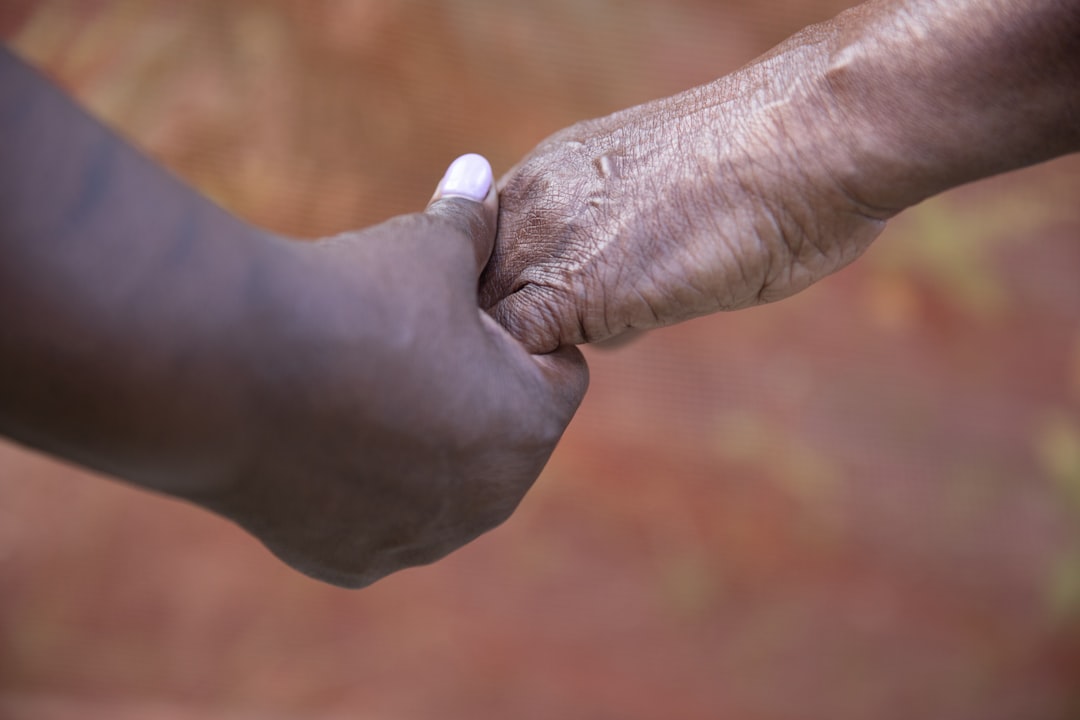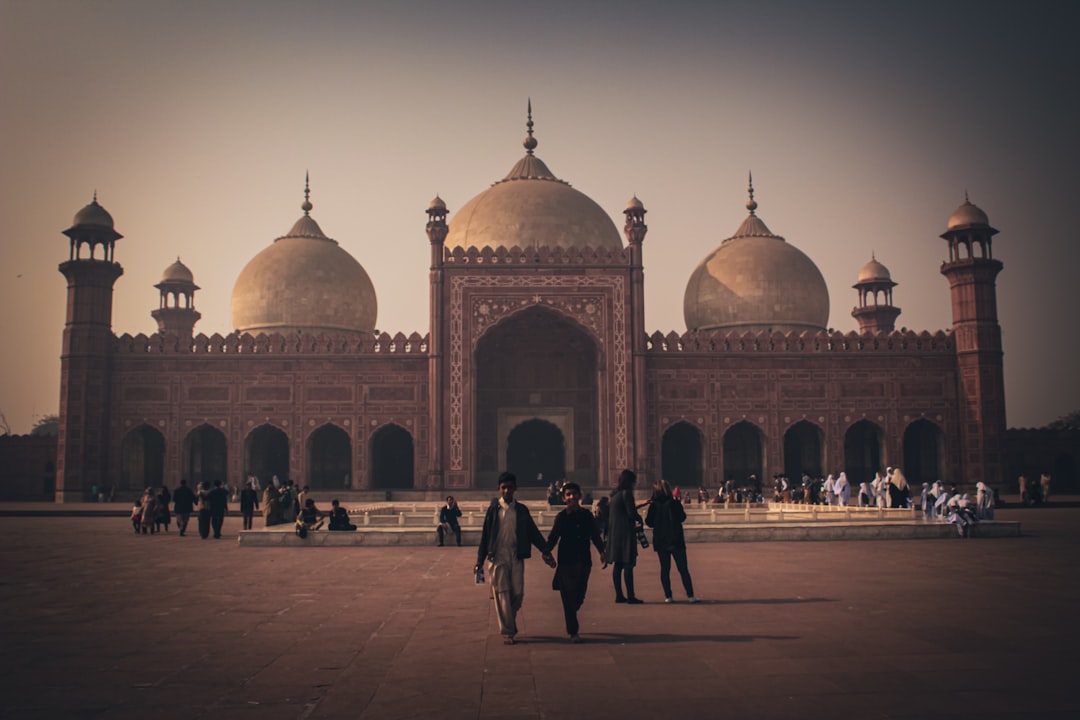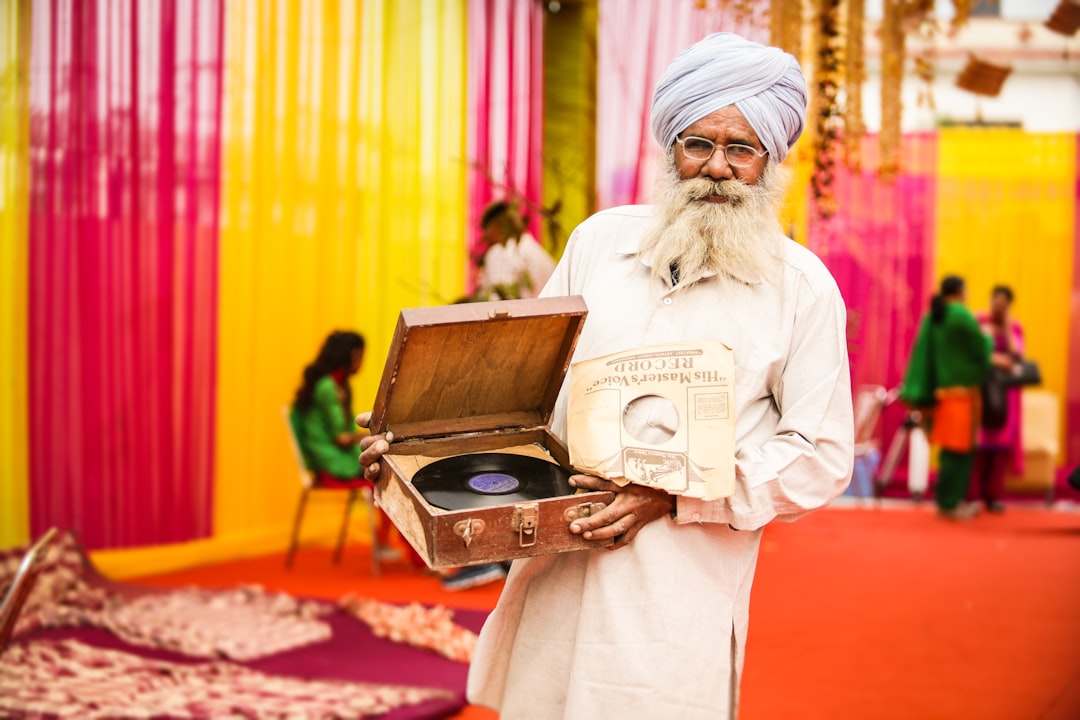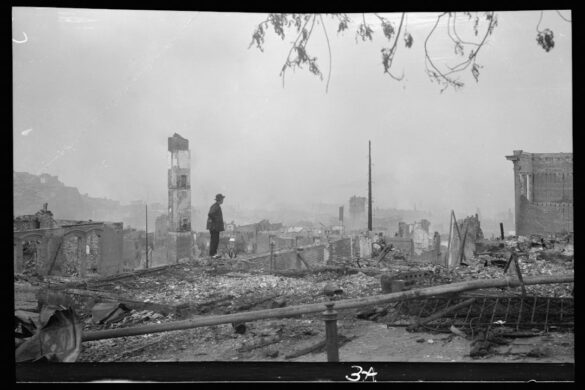Exploring Maldives’ Hidden Temples: An Unveiling of Sacred Sites
The Maldives is well-known for its stunning beaches and luxury resorts, but beneath its turquoise waters lies a treasure trove of spiritual heritage waiting to be explored. Maldives temples offer a glimpse into the rich cultural fabric and history of the islands, showcasing a blend of ancient rituals and vibrant traditions. In this article, we will journey through some of the most significant temples in the Maldives, unveiling their historical significance, architectural beauty, and the customs that continue to thrive in these sacred spaces.
A Rich History of Maldives Temples
The history of Maldives temples is a tale of resilience and evolution, reflecting the islands’ transition from Buddhism to Islam. Originally, the Maldives was predominantly a Buddhist nation until the introduction of Islam in the 12th century. Temples built during the Buddhist period still hold historical significance, serving as reminders of a bygone era. Through their intricate designs, they narrate stories of faith, culture, and the unwavering spirit of the Maldivian people.
One of the most remarkable temples is The Maldives Islamic Centre, located in the capital city of Malé. Completed in 1984, this magnificent center is a prime example of modern Islamic architecture blended with cultural styles. With its golden dome and intricate calligraphy, it stands as a tribute to the Islamic faith that is prevalent in the country today. It is not just a place of worship but a symbol of unity and identity for the Maldivian people.

Explore the majestic Islamic Centre in Malé, showcasing modern architecture infused with rich cultural designs.
Visiting the Historical Maldives Capital: Malé
Malé, often bustling with activity, is home to several temples and sites of spiritual significance. Aside from the Maldives Islamic Centre, history enthusiasts should not miss the Old Friday Mosque (Hukuru Miskiy). Built from coral stone in 1656, the mosque reflects exquisite craftsmanship with intricate carvings and inscriptions. Visitors are often in awe of its beauty and the sensations of history that resonate within its walls, making it a must-visit for anyone seeking to understand the Maldives’ spiritual heritage.
Discovering the Old Friday Mosque
The Old Friday Mosque is not just an architectural marvel but also serves as a historical narrative of the Maldives’ Islamic transition. Its coral-stone walls bear witness to centuries of devotion, and the surrounding environment is filled with tranquility, making it a perfect spot for reflection. The carvings, representing traditional Maldivian woodwork, tell stories of devotion and artistry that have persisted through centuries, providing visitors with insights into the lives of those who worshiped here.
Rich Traditions and Local Customs
The temples in Maldives are not just mere structures; they are the heart of local customs and traditions. Festivals such as Eid al-Fitr and Eid al-Adha are celebrated with great enthusiasm, often taking place in or near these sacred sites. Observers witness the congregational prayers and other rituals that underscore the community’s bond, bringing together families and friends in communal harmony. The atmosphere is electric with joy, and the vibrant sounds of prayer and celebration echo through the streets and temples alike.
The tradition of Thimithi, which is practiced during the month of Ramadan, involves vigil and prayer at the mosques, drawing people from different islands. Such practices preserve a cultural continuity that is pivotal for the Maldivian identity. As visitors participate in these rituals, they are enveloped in a profound sense of belonging, celebrating the shared human experience of faith and community.
Temples are not merely places for worship but are reflections of our historical journey, showcasing our cultural heritage for generations to come.
Beyond the Temples: A Cultural Experience
The exploration of temples leads visitors to experience the cordiality of Maldivian people. Engaging with locals provides insights into their customs, culinary traditions, and lifestyle. Visitors must try local delicacies at nearby food stalls, where dishes such as Mas Huni (a traditional Maldivian dish made of tuna and coconut) and Garudhiya (fish soup served with rice) are readily available. These culinary experiences serve as a delicious bridge to understanding the local culture and heritage.
As you explore these sacred sites, seize the chance to engage in activities offered by local guides. Platforms such as Viator provide opportunities to book guided tours that delve deeper into the history and cultural significance of these temples. These tours often include time for reflection and spiritual connection, enhancing the visitor experience.
Hidden Temples in the Atolls
While Malé is the heart of the Maldives, many lesser-known temples await discovery in the outer atolls. The ancient ruins scattered across islands such as Maafushi and Thulusdhoo tell stories of the Maldives’ pre-Islamic past. Visiting these temples may require using a local ferry or chartered boat, adding a sense of adventure to your exploration. The journey to these lesser-explored areas also provides a unique perspective on how nature and culture intertwine in this beautiful archipelago.
One notable temple in Maafushi is Ruin of the Temple of Guraidhoo, known for its coral stone walls and engravings that depict scenes from Buddhist mythology. It is a stunning location that contrasts the serene beaches, allowing visitors to grasp the islands’ rich past. This opportunity allows travelers to reflect on the spiritual evolution of the Maldives, connecting its historical roots to its current identity.
Conclusion: A Spiritual Journey Awaits
The Maldives temples are more than just historical landmarks; they are vital symbols of the nation’s spiritual and cultural heritage. Engaging with these sacred spaces offers travelers a deeper understanding of the Maldives—beyond its stunning beaches and vibrant coral reefs. Every temple tells a story and invites visitors to explore its significance, creating a connection that transcends time and culture.
As you plan your journey, embrace the chance to experience the Maldives’ historical narrative through its temples. Dive into local customs, interact with residents, and savor traditional cuisine. Every moment spent in the presence of these sacred sites reveals a layer of the Maldives’ complexity and charm. In many ways, they serve as gateways to understanding the essence of the Maldivian spirit.
For further exploration of cultural activities and local experiences, platforms like GetYourGuide can help uncover unique offerings in the Maldives. The variety of experiences available allows travelers to immerse themselves fully in the vibrant culture and history of the islands.
This summer, embrace the hidden gems of the Maldives, venture beyond the shoreline, and allow the enduring spirit of these temples to inspire your travels. Each visit to a temple is not just an exploration of space but a journey into the heart and soul of the Maldives, enabling you to walk away with memories and stories that will last a lifetime.








